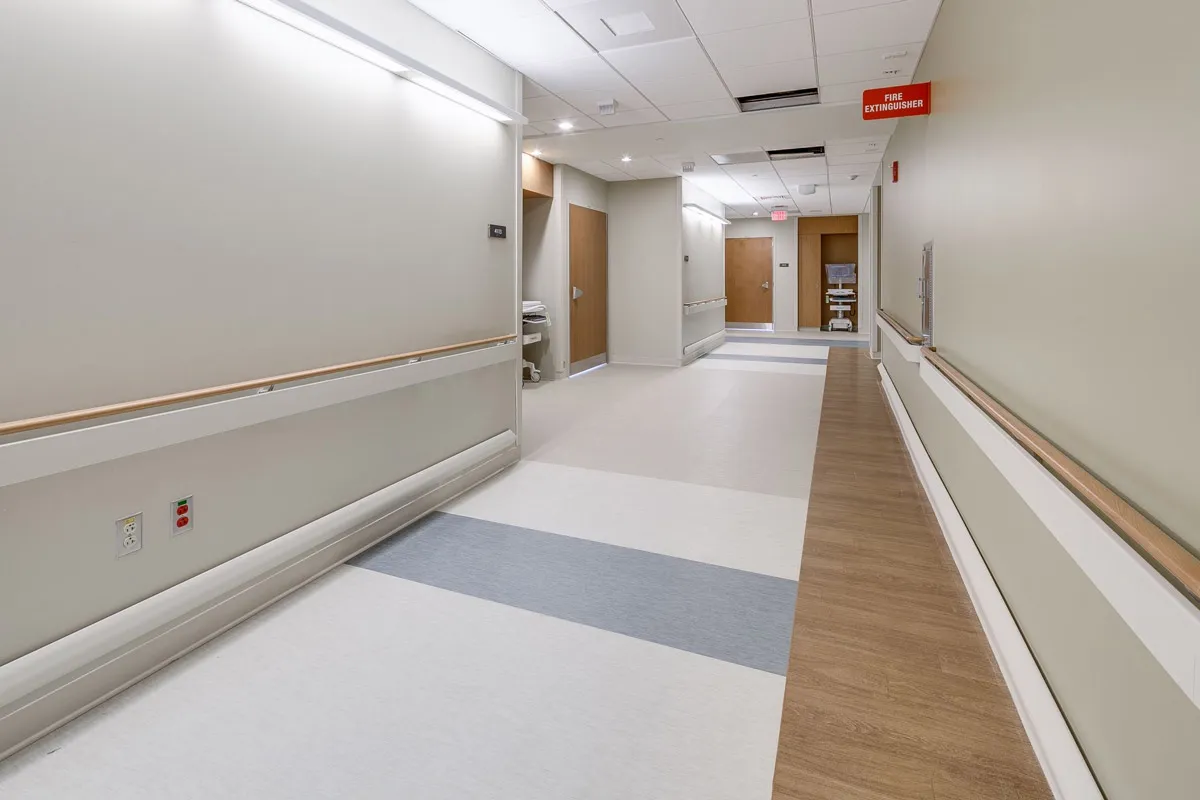Effective Methods for Cleaning Commercial Tile Floors to Maintain Their Shine and Durability
How to Clean Commercial Tile Floors A Comprehensive Guide
Maintaining the cleanliness of commercial tile floors is crucial for both aesthetic appeal and sanitary reasons. Tile floors are often found in high-traffic areas of businesses such as restaurants, hospitals, offices, and retail spaces, which means they require regular and thorough cleaning to keep them looking their best. In this article, we will discuss the essential steps and methods to effectively clean commercial tile floors.
Step 1 Gather Your Cleaning Supplies
Before you begin, assemble the necessary cleaning supplies. Depending on the specific type of tile you have, the following items will be helpful
- Broom and dustpan or a vacuum cleaner - Mop (preferably microfiber) - Bucket - pH-neutral tile floor cleaner (avoid harsh chemicals that can damage tiles) - Scrubbing brush or sponge for tough stains - Floor squeegee (for moisture-prone tiles) - Protective gloves and eyewear
Step 2 Prepare the Area
Before diving into the cleaning process, remove any furniture, decorations, or items on the floor that might obstruct your work. This helps you access all areas and ensures a more thorough cleaning. If the floor is extremely dirty, consider sweeping or vacuuming first to eliminate loose dirt and debris.
Step 3 Sweep or Vacuum
Using a broom and dustpan or a vacuum cleaner, remove dust, dirt, and debris from the tile surface. This step prevents scratching the tiles while mopping. Pay special attention to corners and edges where dirt tends to accumulate.
Step 4 Mop the Floor
how to clean commercial tile floors

Fill a bucket with warm water and add a pH-neutral tile floor cleaner according to the manufacturer’s instructions. Dip your mop into the solution, wring it out to remove excess liquid, and begin mopping the floor in sections. Start from the farthest corner and work your way towards the exit to avoid stepping on freshly cleaned areas.
For stubborn stains or areas with heavy buildup, use a scrubbing brush or sponge with your cleaning solution to agitate the dirt. Rinse the mop frequently to avoid spreading dirt around.
Step 5 Rinse the Floor
After mopping with the cleaning solution, it’s important to rinse the floor to remove any remaining cleaner residue. Fill the bucket with clean water, dampen the mop, and go over the floor again. This step is essential to prevent slip hazards and to maintain the integrity of the tiles.
Step 6 Dry the Floor
If your commercial space is prone to moisture, consider using a floor squeegee to assist in drying the tiles. For larger areas, you might want to use a commercial floor drier or fans to expedite the drying process. Ensuring the floor is completely dry can prevent falls and slips, maintaining safety for employees and customers.
Step 7 Regular Maintenance
To keep your tile floors looking pristine, establish a regular cleaning schedule. Depending on foot traffic, daily sweeping or vacuuming, and weekly mopping will ensure consistent cleanliness. For high-traffic areas, consider professional deep cleaning every few months to tackle ingrained dirt and maintain the tiles’ appearance.
Conclusion
Cleaning commercial tile floors requires diligence and the right techniques to ensure they remain attractive and hygienic. By following these steps and establishing a routine maintenance plan, you will effectively prolong the life of your tile floors while providing a clean and safe environment for everyone in your facility. Investing time and effort into floor care pays off in terms of improved aesthetics and customer satisfaction, making it a worthwhile endeavor for any business.
-
Waterproof Advantages of SPC Flooring Vinyl in KitchensAug.06,2025
-
SPC Hybrid Waterproof Flooring Thickness GuideAug.06,2025
-
Leveling Subfloor Before My Floor SPC InstallAug.06,2025
-
How Mesh Deck Skirting Improves Outdoor Pest ControlAug.06,2025
-
Choosing the Right Commercial Flooring for Your Business NeedsAug.06,2025
-
Choosing the Best Residential Flooring: A Comprehensive Guide to Style, Durability, and ComfortAug.06,2025




